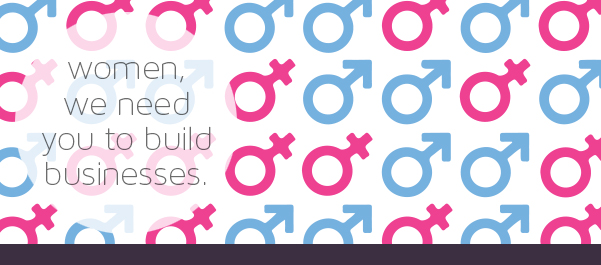Closing the Gap
“We’re minding the gap, but how do we close it?”
That’s the question the Women Donors Network asked recently. A lot has been written lately about all the gaps that exist for women – in business leadership, in political leadership, in the imbalance of how many hours of taking care of our families women still shoulder even if they are working full time… and I could go on.
In many ways, all this talk is a good thing. It shines a light on the current state of affairs and encourages the conversations. We can only create new things through ideas and conversations.
I just wish we were creating new things.
All sorts of changes have been suggested in the current conversations to close the leadership gap for women – but almost inevitably, our ideas are tied to changing the current structures and barriers. We’re talking about having women behave in a certain way to try and succeed in the current structures. We’re not really providing an alternative – for them, or for the men they work with.
Here’s your alternative: Stop playing the old game. Create a new one.
GirlAuthentic is about helping women create new structures. What would give women the wealth and power necessary to build new structures and eventually – maybe – change the old ones? Women building significant businesses. We can build Fortune 500 companies faster in the next 40 years than we can ever hope to change the current business and political structures in any significant way.
Why build businesses? Because building businesses is the fastest way to acquire wealth.
Why is wealth important? Because wealth creates power and the ability to create social impact.
We can close the gaps faster if we build the businesses to function in a balanced way, and control the money and the power. Stop playing the old game, and start creating a new one.














